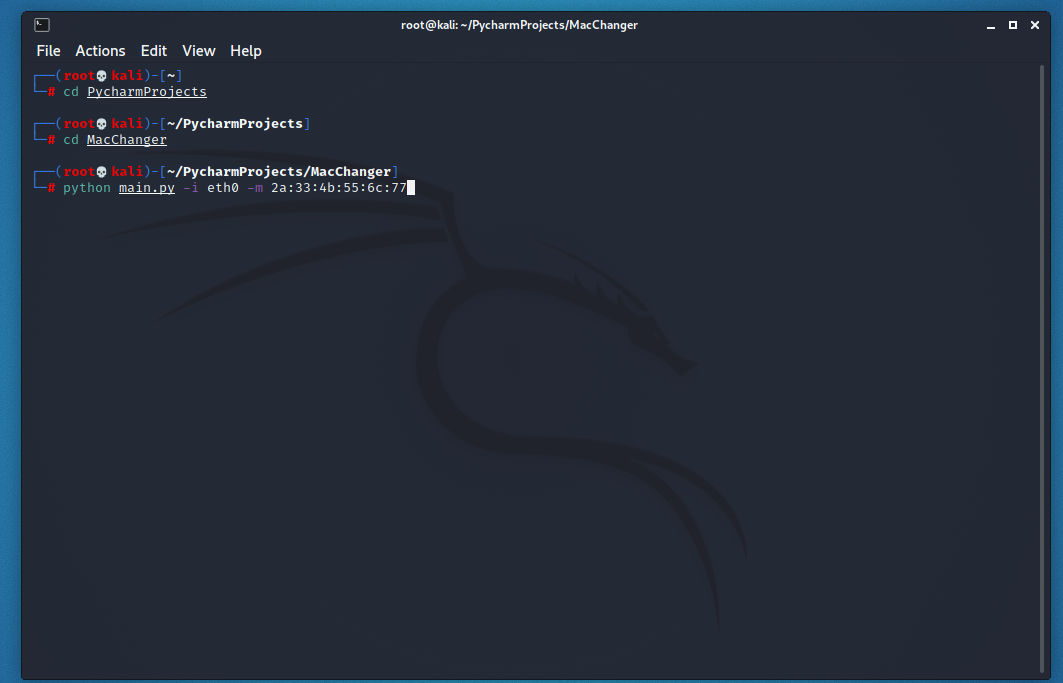Documentation for the NASA IDS change analysis
- Poley 10/21/2021
Required python packages:
- whitebox
- numpy
- rasterio
- rasterio.mask
- os
- glob
- math
- itertools
- fiona
Processing steps:
- Reclassify land cover change for year 1 and 2 into IDS change classes:
- 1 = urban
- 2 = suburban
- 3 = barren
- 4 = agriculture
- 5 = grasslands
- 6 = deciduous
- 7 = evergreen
- 8 = shrubs
- 9 = woody wetlands
- 10 = non-woody wetlands
- 11 = aquatic bed
- 12 = water
- Run 'categorical_change.py'
- Run 'clump.py' on categorical change
- Run 'tile_raster.py' - run output of 'clump.py' - run input CVA raster from Google Earth engine
- Run 'zonal_stats_raster.py'
- Run 'unique_class_combinations.py'
- Manually set radiometric change thresholds for each available change class within categorical change product. look around image real identifiable change, observe mean radiometric change values from 'zonal_stats_raster.py'.
- Run 'CVA_threshold.py'
- Run 'mosaic_tiles.py'
- Manually check outputs from hybrid change results and modify thresholds as needed. Repeat this process several of times.
Notes:
- Images MUST have the same number of rows & columns to run scripts
- It can be helpful to mosaic output of 'zonal_stats_raster.py' to observe mean radiometric change when determining change thresholds.



